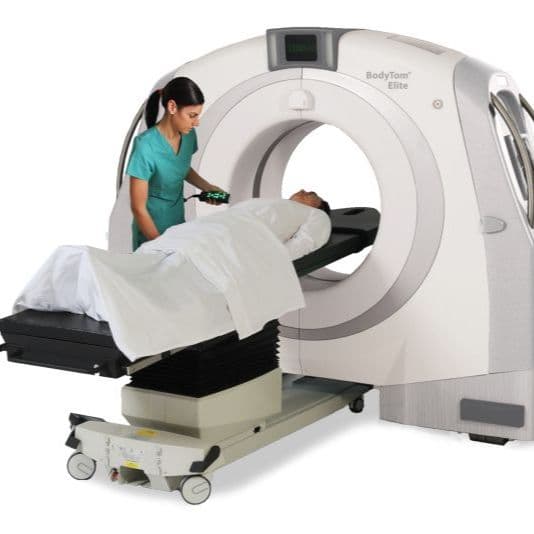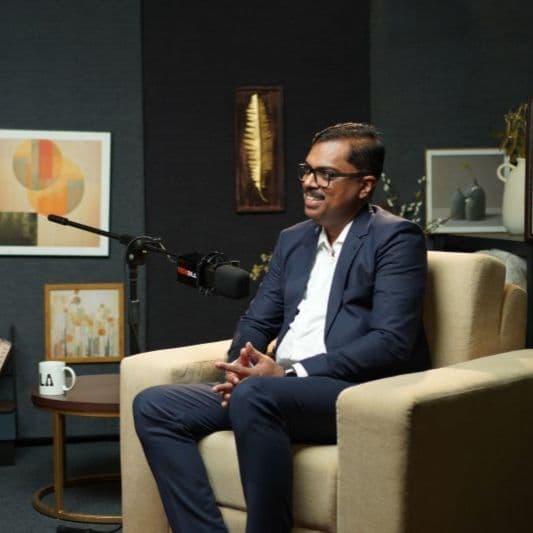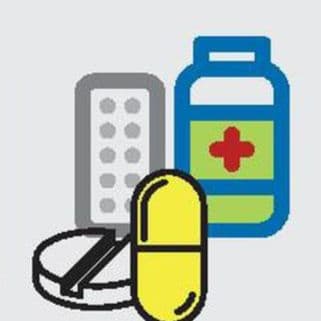
In today’s busy world, a clear understanding of your health is very important. Health literacy means knowing enough to make good choices about your health. But many people get confused by medical jargon and plans, making them feel unsure about what to do. In this way, technology can help make health information easier to understand.
I recently thought of a story my friend told me about a woman with diabetes. She had trouble managing her condition, showing how hard it can be to understand health information. Her story also shows how technology can help make things easier.
The Challenge of Understanding Medical Advice
The woman always went to her doctor and took her medicines as told, but her health kept getting worse. Her doctor later found out why: she didn’t really understand her treatment plan.
She found medical words confusing and hard to understand. Words like “sugar levels” and “tests” made her feel unsure about managing her health. Without knowing what they meant, she couldn’t make the right changes or follow her treatment properly. Even though she tried hard, this confusion made her health worse.
How the Health Literacy Gap Affects Access to Quality Healthcare
Her story is not unusual. Many people have trouble understanding their healthcare. This can lead to not taking medicine correctly, more hospital visits, and even avoidable health problems. Studies show that older people, those who don’t speak the local language, and people with less education often face these challenges the most. Fixing this problem needs new ideas, and technology can help in many ways.
The Role of Technology: Transforming Health Literacy
Today, this woman uses a mobile app that makes learning about health easier and fun. The app turns tough medical topics into a game, where you can learn about things like how to manage diabetes, what foods to eat, and how to stick to your medicine schedule. It’s like playing a game while getting smarter about taking care of your health!
Here’s how it works:
- Interactive Modules: The app uses easy words to explain important health topics, so it’s simple to understand. It helps you learn about things like managing diabetes, healthy eating, and taking your medicine the right way—without any confusing terms!
- Gamification: As you finish lessons, you earn rewards and move up to the next levels, just like in a game!
- Visual Aids: The app uses pictures and animations to make hard ideas easier to understand and remember.
- Reminders and Tracking: The app helps by sending you reminders to take your pills and follow your diet.
Using this game-like app, she learned how to handle her diabetes better and now feels stronger and happier every day.
Why Interactive Technology Works
Interactive tools work well because they make learning about health easy and fun. They break down hard information into small, simple lessons so it’s not confusing anymore. The game-like features encourage people to join in and make taking care of their health feel like a rewarding activity, not a hard job.
Broader Impacts: A Healthier Society
These tools don’t just help one person—they can help whole communities. Imagine all the good things they could do!
- Preventive Care: Teaching patients to spot early signs of illness can help doctors catch problems sooner, leading to better results.
- Chronic Disease Management: People with diabetes, asthma, or high blood pressure can use these apps to make health care simpler and more manageable.
- Health Equity: Accessible technology helps people who might not have the same resources as others. It gives them tools and information they might not be able to get otherwise.
Using these tools in healthcare can make things easier for doctors. When patients know more about their health, doctors can spend more time giving special care, instead of repeating the same basic advice.
Challenges and Considerations
Even though using technology for health information is a good idea, there are some problems that need to be solved.
- Accessibility: Not everyone can use smartphones or the internet. It's important to make these tools work offline or through health programs so everyone can use them.
- Customization: One-size-fits-all solutions don’t work. Apps should be made for different languages, cultures, and reading levels.
- Data Privacy: Keeping health information private is very important to earn people's trust and get them to use these tools.
Fixing these problems will help make sure technology really helps everyone learn about health.
The Way Forward
As we move into the digital age, the healthcare industry needs to keep improving. Governments, tech companies, and healthcare workers should work together to make health education tools that are easy to use and helpful. It’s not just about making apps but also about using these tools in daily healthcare routine to help people in a better way.
Imagine a future where every patient has the help they need to understand their health, make smart choices, and feel good about taking care of themselves. Technology can make this dream come true.
This woman's story shows how technology can help patients and make health easier to understand. It turns hard topics into something simple and fun, showing that learning about health doesn’t have to be scary.
What do you think? Do you believe technology can help people understand health better? If yes, what other features could make these tools work better? Let’s talk about how we can use technology to make the world healthier and more informed.

Why I Entered Healthtech Against All Odds: Building in Healthtech

Samsung India’s Leap into Advanced Transformative Healthtech

The Hidden Side of Leadership: The Story Behind the Techzila Podcast
